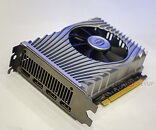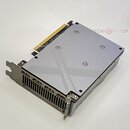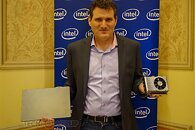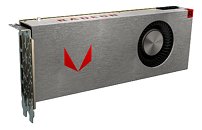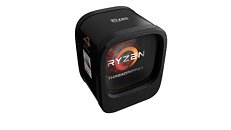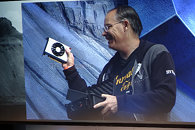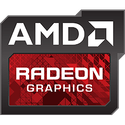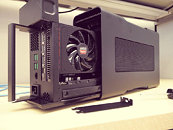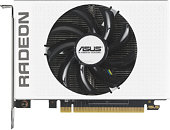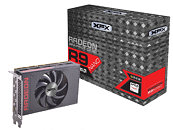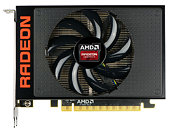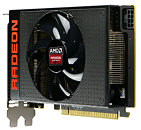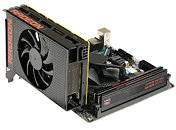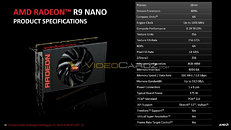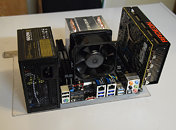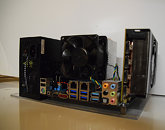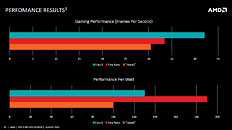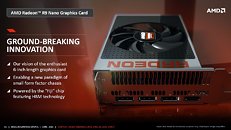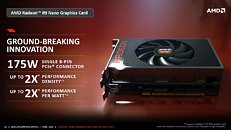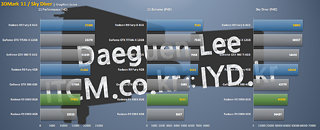
Intel Unveils Xe DG1-SDV Graphics Card, Demonstrates Intent to Seriously Compete in the Gaming Space
At a media event on Wednesday, Intel invited us to check out their first working modern discrete graphics card, the Xe DG1 Software Development Vehicle (developer-edition). Leading the event was our host Ari Rauch, Intel Vice President and General Manager for Graphics Technology Engineering and dGPU Business. Much like gruff developer-editions of game consoles released to developers several quarters ahead of market launch, the DG1-SDV allows software developers to discover and learn the Xe graphics architecture, and develop optimization processes for their current and future software within their organizations. We walked into the event expecting to see a big ugly PCB with a bare fan-heatsink and a contraption that sort-of looks like a graphics card; but were pleasantly surprised with what we saw: a rather professional product design.
What we didn't get at the event, through, was a juicy technical breakdown of the Xe graphics architecture, and its various components that add up to the GPU. We still left pleasantly surprised for what we were shown: it works! The DG1-SDV is able to play games at 1080p, even if they are technically lightweight titles like "Warframe," and aren't maxing out settings. The SDV is a 15.2 cm-long graphics card that relies on the PCI-Express slot for power entirely (and hence pulling less than 75 W).
What we didn't get at the event, through, was a juicy technical breakdown of the Xe graphics architecture, and its various components that add up to the GPU. We still left pleasantly surprised for what we were shown: it works! The DG1-SDV is able to play games at 1080p, even if they are technically lightweight titles like "Warframe," and aren't maxing out settings. The SDV is a 15.2 cm-long graphics card that relies on the PCI-Express slot for power entirely (and hence pulling less than 75 W).
